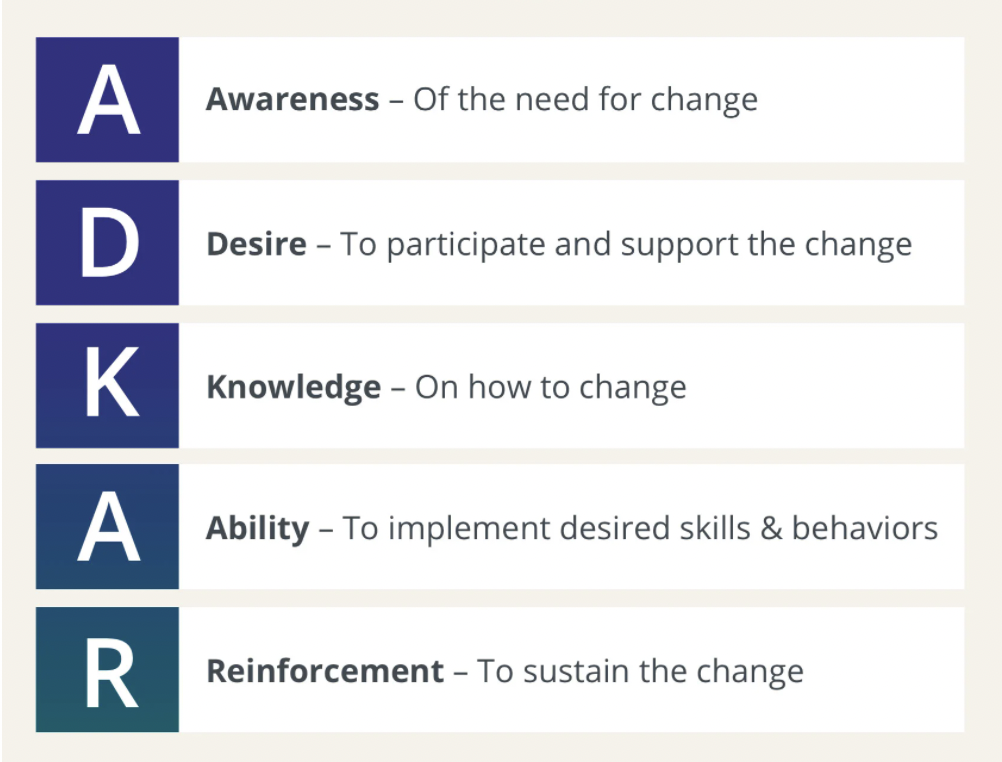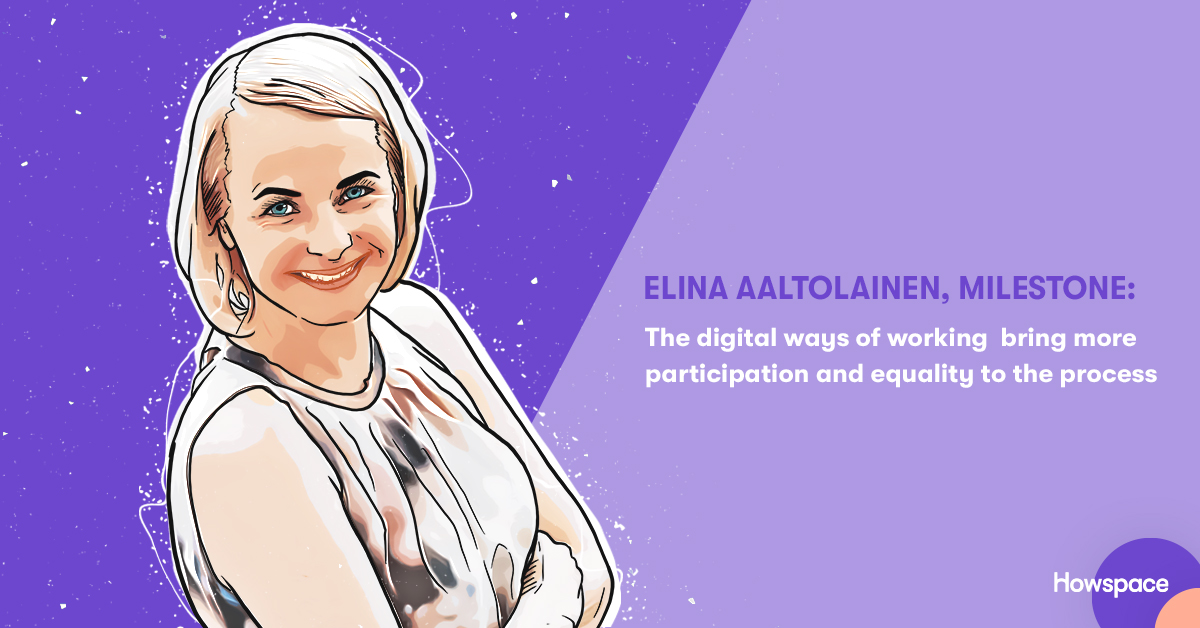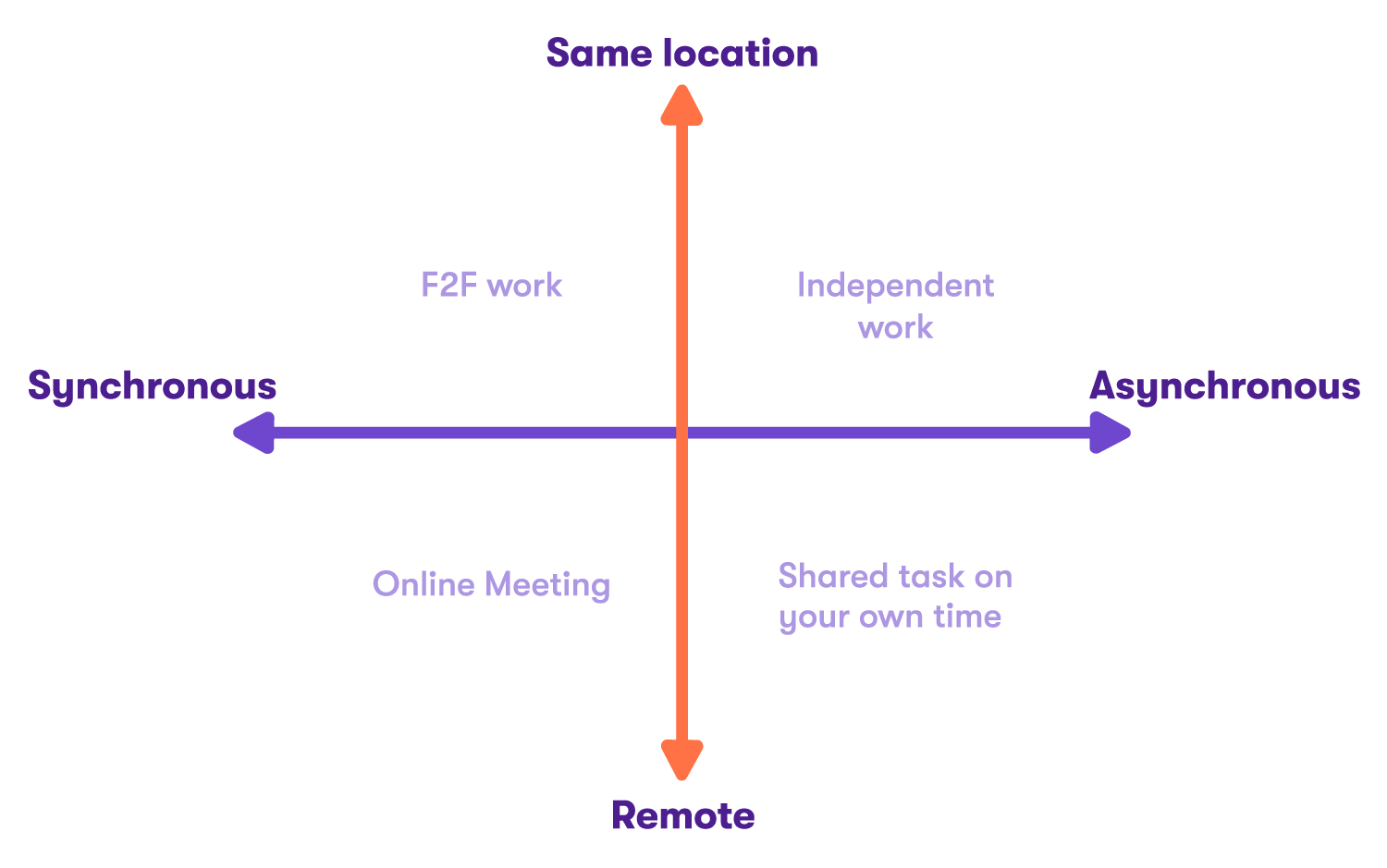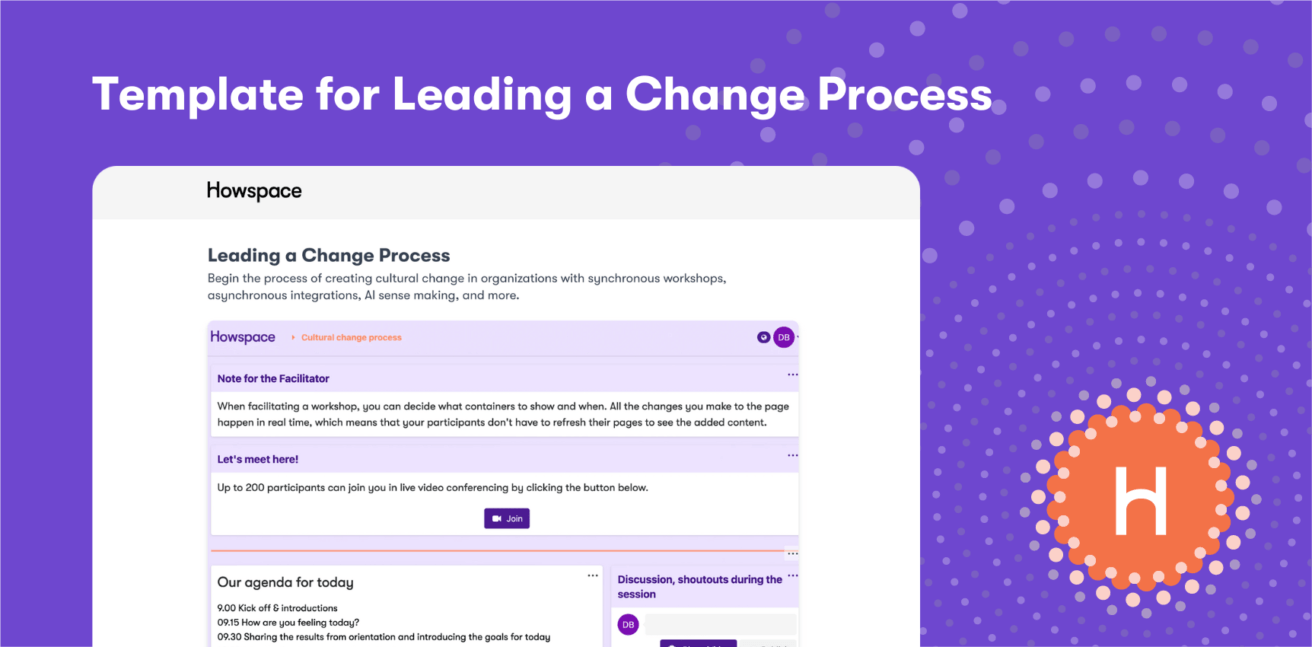
7 real-life organizational change examples & best practices
Does the famous Ray Noorda quote “Cause change and lead; accept change and survive; resist change and die” resonate with you?
The business environment is more turbulent and the technology adoption landscape is more fast-changing than ever. As of late, businesses have had to shift to fully virtual business models, only to start all over again to build models that work optimally in the hybrid environment. Leading change, and beyond that, the ability to proactively transform the business model and strategy, are the key capabilities for any leader today.
In this article, we will share seven real-life tested organizational change examples and best practices that will help you embrace the journey of neverending business transformation.
Grab our free template for leading a change process and get started with the cultural change process.
1. Real-life example: Shared values and culture drive the ability to change
The global elevator and escalator manufacturer with 60 000 employees, KONE Corporation, recreated its company values and was fast to establish them as a part of employees’ everyday life. The key to success? A collaborative process where the values came from employees’ real-life experiences and dialogue.
“Howspace really gives every individual the opportunity to influence and be part of the decision-making process.”
Lotta Vuoristo, Head of Culture Journey at KONE, describes the process: “There were a lot of people involved in the discussions whom we have previously struggled to engage without travelling to where they are and working together face-to-face. Now, everyone was really enthusiastic and active.”.
Vuoristo—like many other work-life professionals—believes that from now on, digital working practices are an inherent part of everyday life at KONE as well as in other organizations. The key to success is to get every member of the organization involved in cultural development and strategic transformation.
Virtual working methods contribute to equality when the discussions are not only analyzed by humans but also by artificial intelligence. “I feel that Howspace really gives every individual the opportunity to influence and be part of the decision-making process,” says Vuoristo. Read the full story here.
2. Best practice: Use a structured framework for organizational change
The ADKAR® Model of change is a well-known and widely used tool that helps you analyze your change and better understand it. For someone who’s unfamiliar with building organizational change processes, a structured framework around building human-centred change can be good support for getting started.
The five ADKAR elements—awareness, desire, knowledge, ability, and reinforcement—are the building blocks for creating change from the human perspective. Read this article to get ideas on how to take the ADKAR model from theory to practice.

Image source: prosci.com
3. Real-life example: Build the organizational change by strengthening what already works
Banking is a traditional industry with a lot of hierarchical structures. At the same time, it’s going through major changes with digitalization and shifting customer behaviour.
The Finnish banking company, Aktia, and the culture design agency, Milestone, realized that to embrace external changes, they needed to double down on what already worked well in Aktia’s internal culture.
By listening to Aktia’s employees and line managers on a digital platform, they identified the best parts of their culture: working together for the customer, innovativeness, bravery, and accountability.
“Using digital tools combined with service design methods allowed us to grasp the big picture fast.”
“With the Howspace platform, we got the opportunity to also involve line managers in the organization straight from the beginning. Using digital tools combined with service design methods allowed us to grasp the big picture fast,” describes Elina Aaltolainen, Culture Strategist from Milestone.

By strengthening the positive aspects that already existed in Aktia’s corporate culture, they were able to build Aktia’s future culture vision. Read the full story here.
4. Best practice: Create a safe space for finding all the ‘whys’ for change
There is usually a trigger—internal or external—as to why an organization pursues a change initiative. It’s the first ‘why’: Why do we need organizational change? It’s important to acknowledge, however, that this first why is not enough. People who make up the organization must make sense of the process in their own way and find their own ‘whys.’
Beyond the “why,” you then need to consider how you’ll go about the change process, which should include getting everyone involved and sharing their knowledge and ideas about the ongoing change.
As you facilitate this process, ensure people feel safe to speak their minds honestly. Feelings are always involved when people are involved. One helpful idea is to allow anonymous commenting for particularly sensitive phases of the process.
5. Real-life example: Build on asynchronous communication to involve everyone
Wärtsilä Energy, a global leader in sustainable energy solutions, had the ambitious goal of leading the transition towards a 100% renewable energy future. To reach this goal, the company needed a bold and unique organizational growth strategy.
Wärtsilä’s talent development lead, Kati Järvinen, started working for the company in the middle of its strategy process. The company’s previous growth strategy was done traditionally, with little input from employees. But this time Wärtsilä Energy was ready to integrate every employee’s insights into the process of identifying strategic capabilities.
“We had been used to a quite stable business, but now we are facing a totally new situation in the market. The energy transition is huge, all the market requirements are changing, and our competitors challenge us all the time. That’s why it’s time for us to direct our whole organization to the more agile ways of working,” Järvinen explains.
Working both synchronously and asynchronously, no matter where people were and when they wanted to join the process, everyone was able to contribute to the shared strategy initiatives.

Adapted from the work of John Losey, IntoWisdom Group
“With Howspace, people were able to join the process whenever, wherever. It was wonderful that we had some pre-study before the workshops and during and after the events. People learned on the go, in small pieces, and when they had the motivation. We also had some quizzes and polls that immediately gave us excellent insight on how people experienced our strategy,” says Järvinen. Read the full story here.
6. Real-life example: AI supports making sense of the big picture
People need time and space to do their own sensemaking around change, as mentioned before. And with large communities and organizations, the amount of material to go through quickly becomes an issue.
When the Finnish Medical Association (FMA) started to prepare its basic principles of healthcare, it wanted to involve all members in discussing how to make healthcare even more effective in the future. The FMA has more than 26,000 members. To involve this amount of members for co-creation, going through input manually is not an option.
“We wanted a practical tool that would encourage and inspire doctors to actively discuss healthcare needs. The doctors know best what is going on in their field, and the Howspace digital platform made it possible to involve people in extensive discussions,” says Heikki Pärnänen, Policy Director at the FMA. Read more about their use of AI supporting large-scale dialogue in this article.
7. Best practice: Use a digital platform to co-create change
Many of the themes mentioned in this article require the ability to bring people together to have a dialogue around the change that is happening or needs to happen in an organization.
Howspace is a facilitation platform that is built for this purpose. Its built-in real-time AI capabilities—to build summaries, theme clusters and word clouds out of the discussion—allow for large groups of people to participate in change.
Check out our template for leading a change process! 💡 This practical process template walks you through the whole process of involvement-based cultural change from communicating the need for change to integrating it into the day-to-day.
Already a Howspace-user? You can add the template to your account here.

You might be interested in these as well
View all
Make Your Decision-Making More Inclusive and Effective
Participatory decision-making taps into the collective wisdom of your entire workforce. Here’s how to make more impactful decisions in your organization.

The best change management tools for successful organizational transformation
Embracing change within organizations can be challenging, as people naturally resist it. However, utilizing the right change management software can […]

Top 7 Virtual Organizational Transformation Strategies
When it comes to organizational transformation strategies and how to effectively lead change in a virtual environment, my pro tip […]